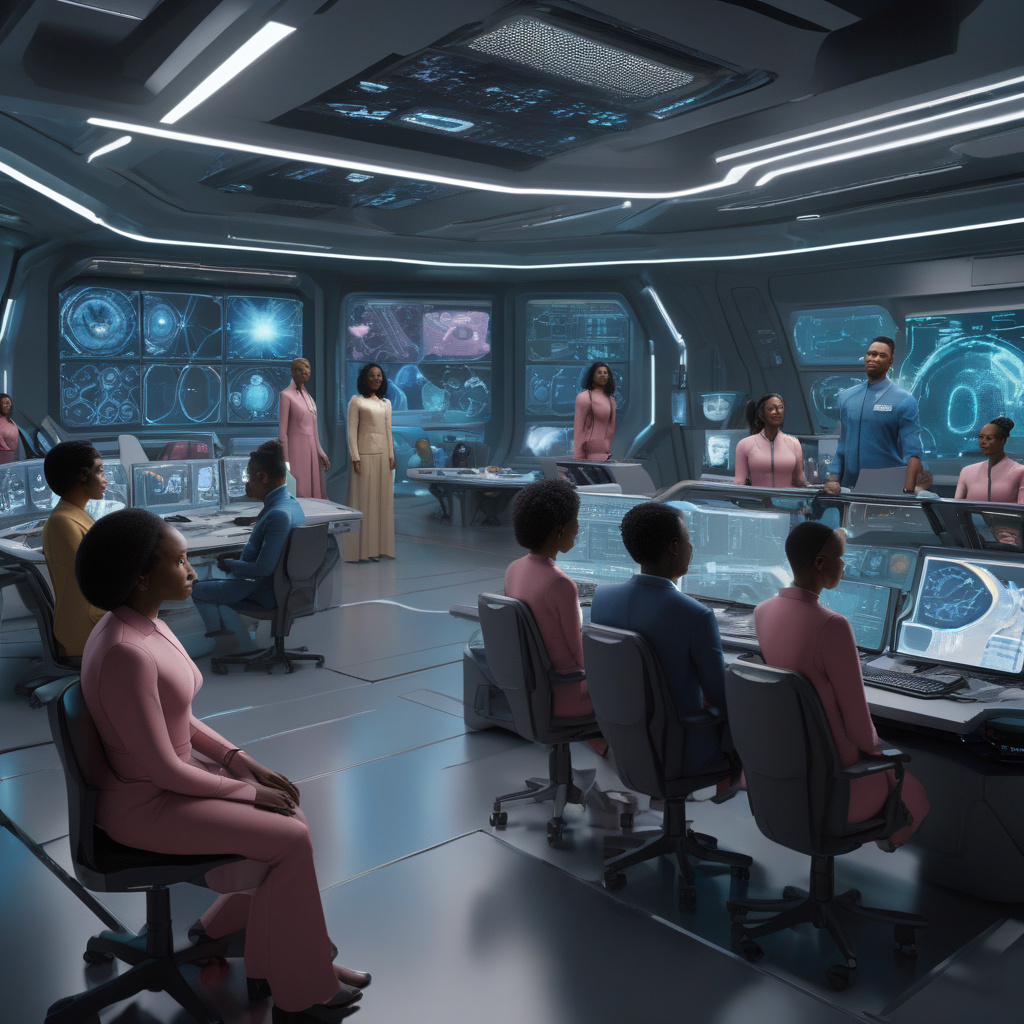Agentic AI and A2A in 2025: From Prompts to Processes
In the ever-evolving landscape of artificial intelligence, we find ourselves transitioning from the era of generative AI to the era of agentic AI. This shift signifies a pivotal moment in AI development, where machines are no longer just reactive tools but are becoming proactive agents in their own right. Agentic AI empowers machines to take the initiative, make decisions, and act autonomously based on predefined goals and parameters.
At the same time, the rise of A2A (AI-to-AI) interactions is revolutionizing how AI systems collaborate and communicate with each other. Instead of relying solely on human input or supervision, A2A interactions enable AI systems to exchange information, learn from each other, and collectively solve complex problems at a scale and speed that surpasses human capabilities.
Imagine a scenario where multiple AI agents, each specialized in different tasks, seamlessly coordinate their efforts to achieve a common objective. For instance, in autonomous driving, one AI agent could focus on real-time sensor data interpretation, while another analyzes traffic patterns, and yet another predicts potential hazards. Through A2A interactions, these agents can share insights, adjust their strategies in real-time, and navigate the road with unmatched precision and safety.
This collaborative approach extends beyond autonomous vehicles to various domains such as healthcare, finance, cybersecurity, and more. In healthcare, A2A interactions could enable diagnostic AI systems to consult with treatment recommendation systems, leading to more accurate and personalized patient care. In finance, AI algorithms could collaborate to detect fraudulent activities by cross-referencing transaction data and behavioral patterns.
The implications of agentic AI and A2A interactions are profound. As AI systems become more autonomous and interconnected, they will not only enhance efficiency and productivity but also raise ethical considerations regarding accountability, transparency, and bias mitigation. Organizations must navigate this new AI paradigm thoughtfully, ensuring that these technologies are deployed responsibly and ethically for the benefit of society as a whole.
Kevin Laughridge of Deloitte rightly points out that businesses are transitioning from AI pilots to production-scale deployments, leveraging agentic AI and A2A capabilities to streamline processes, optimize decision-making, and drive innovation. This strategic shift underscores the transformative potential of AI technologies when harnessed effectively in real-world applications.
As we look ahead to 2025 and beyond, the fusion of agentic AI and A2A interactions holds the promise of unlocking new frontiers in automation, intelligence, and collaboration. By embracing these advancements, organizations can stay at the forefront of technological innovation and create unprecedented value for their customers and stakeholders.
In conclusion, the journey from prompts to processes in agentic AI and A2A signifies a remarkable evolution in how we harness the power of artificial intelligence. By embracing autonomy, collaboration, and ethical considerations, we pave the way for a future where AI systems work harmoniously together to solve complex challenges and drive positive change across industries. Let’s embark on this transformative journey with curiosity, foresight, and a commitment to shaping a future where AI truly augments human potential.

